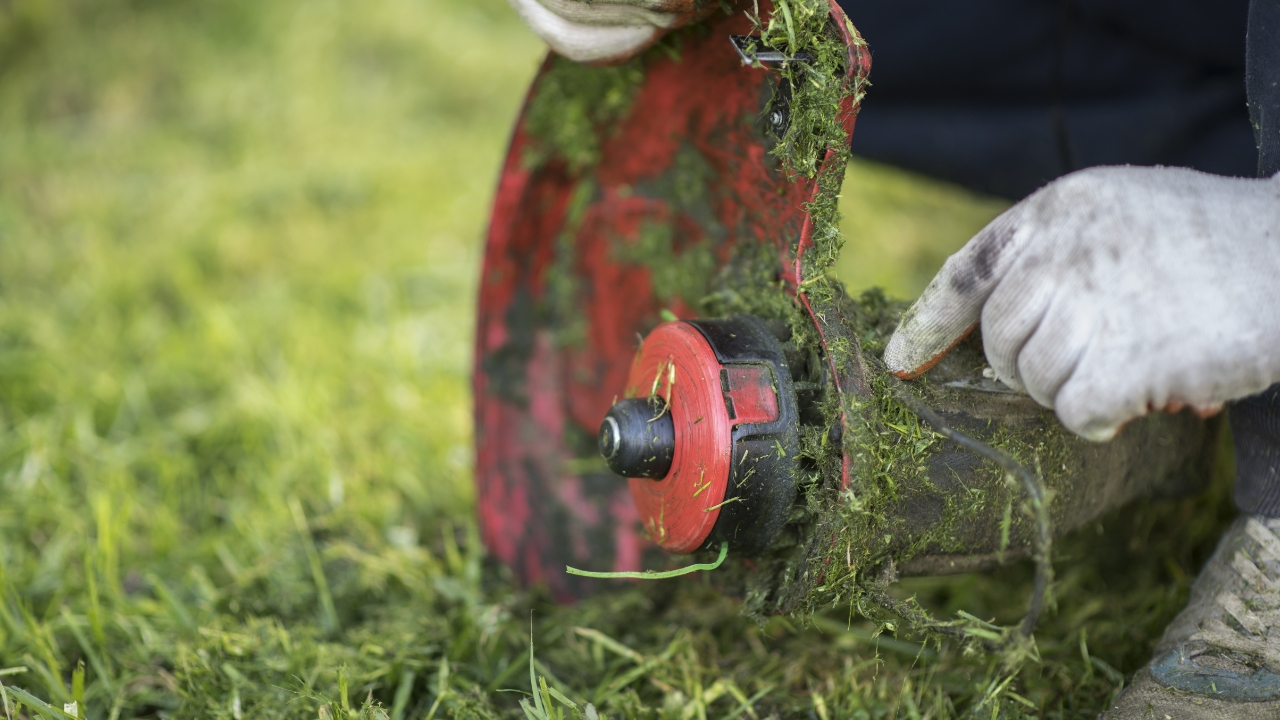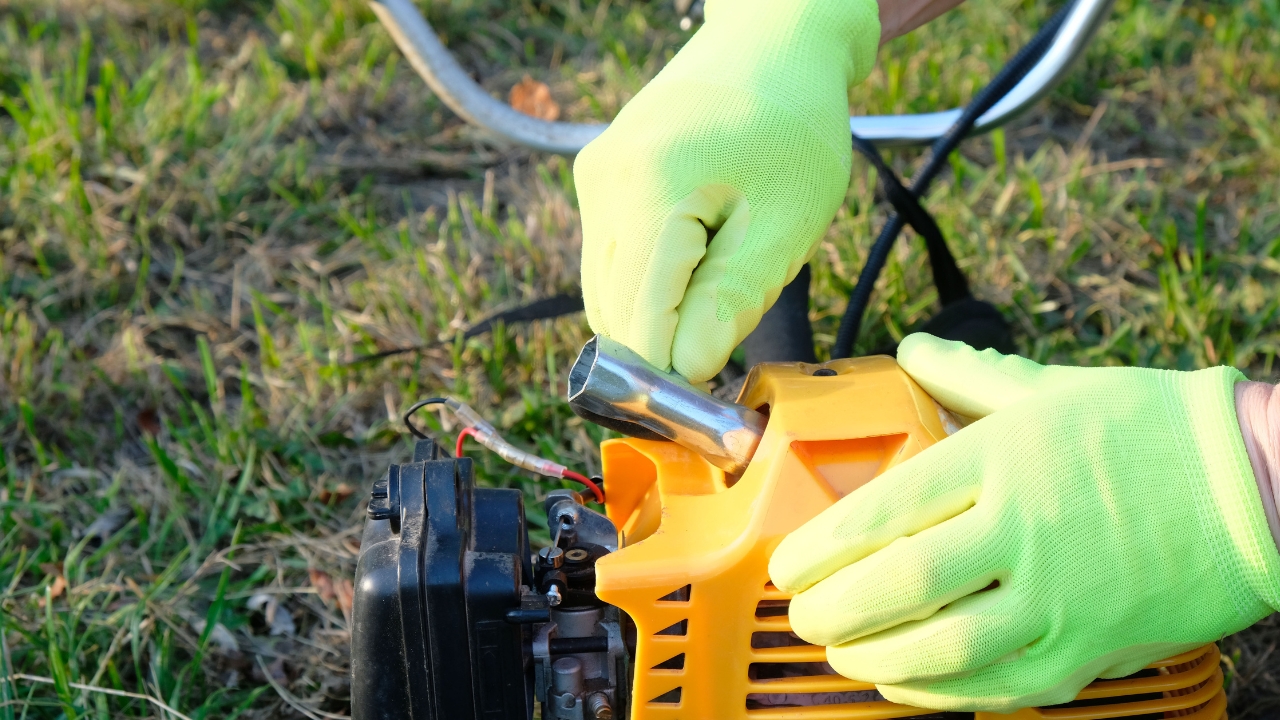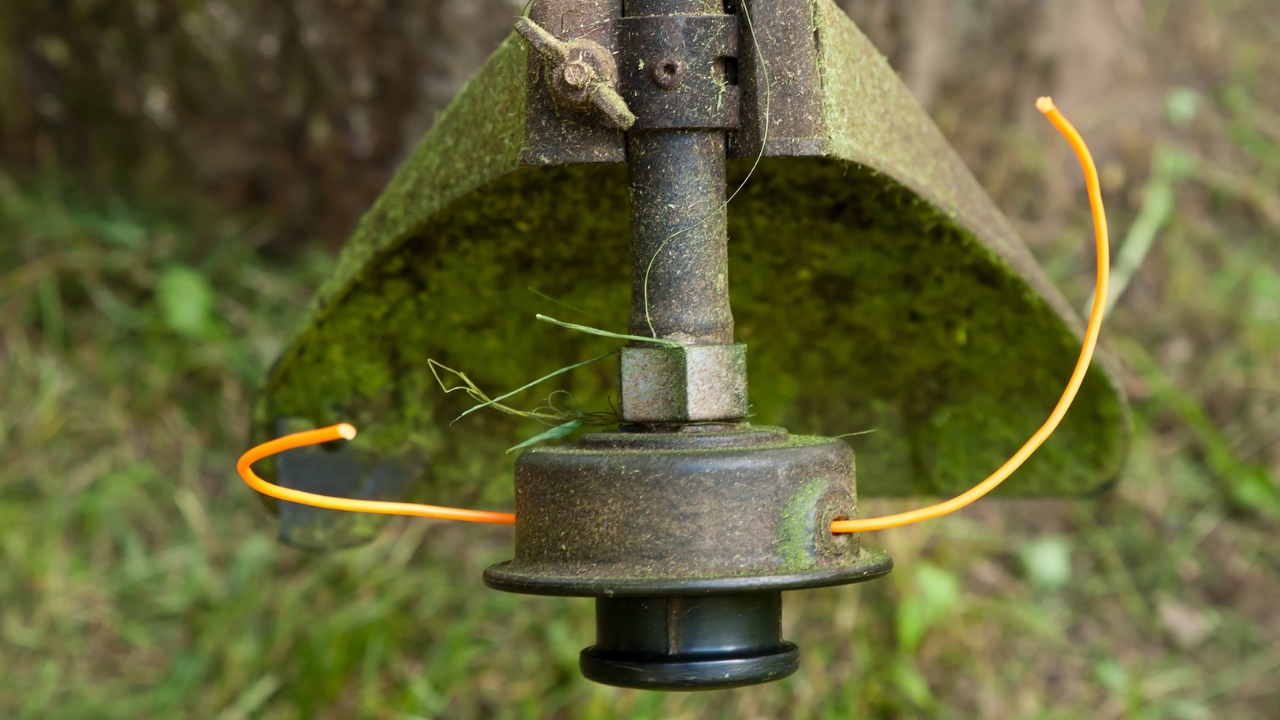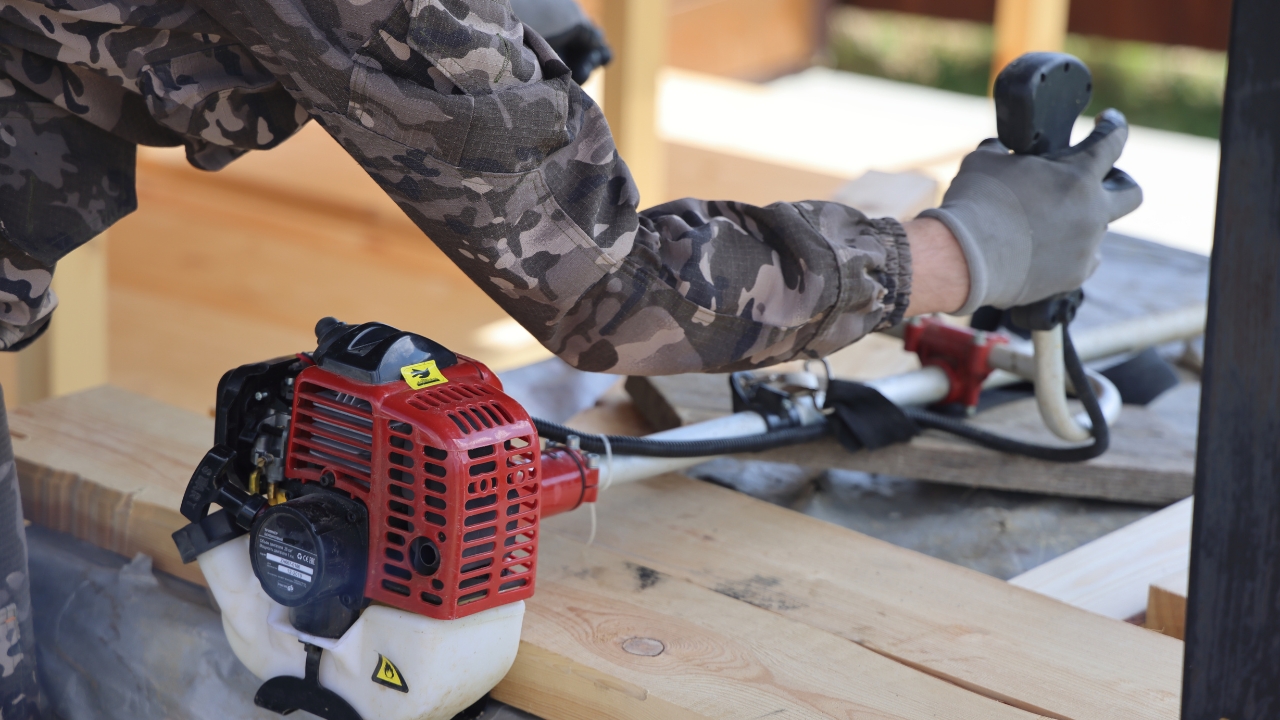10 Weedeater Habits That Are Probably Costing You Money
Weedeaters don’t usually get much thought—until they stop working right, burn through string like crazy, or wear out way faster than they should. But most of the time, it’s not the tool—it’s how we’re using it. A few bad habits can cost you time, money, and gear if you’re not paying attention.
Whether you’ve got a gas or battery model, these are the mistakes that slowly wear things down and quietly add to your yardwork costs. The good news? They’re easy to fix.
Letting the Line Get Too Short

When the line gets too short, you end up revving the engine harder and working longer to get the same result. That burns through gas or battery life faster and makes your motor work harder than it needs to.
Keep an eye on it and tap to advance the line before it gets too low. If you wait too long, you’ll be re-threading the spool more often, which slows you down and wastes line.
Using the Wrong Line for the Job

Not all string trimmer line is created equal. If you’re using thin line on thick weeds or edging concrete, it’s going to snap constantly—and you’ll blow through a spool in no time.
Check your weedeater’s specs and pick a line that matches the type of trimming you’re doing. A heavier-duty line might cost a bit more upfront but lasts longer and performs better for tougher jobs.
Running It at Full Throttle All the Time

You don’t need to run your weedeater wide open for everything. Constant full throttle wears out the engine faster, wastes fuel or battery, and makes your hands tired quicker.
Ease off the power when trimming around fences or light grass. Save full throttle for thick weeds. It gives you more control and extends the life of your equipment.
Skipping Regular Maintenance

If you haven’t checked the air filter, cleaned the spark plug, or inspected the head in a while, your weedeater is probably working harder than it needs to. That leads to breakdowns and early replacement costs.
A few minutes every month can make a big difference. Wipe it down, check for build-up, and follow your manual’s basic upkeep steps. It’ll run smoother and last longer.
Using Cheap or Off-Brand Fuel Mix

Two-stroke engines need the right fuel-to-oil ratio to stay in good shape. Using cheap gas or guessing on the oil mix can gum up the engine and shorten its lifespan.
Stick with high-quality fuel and the exact mix recommended in the manual. If you don’t use it often, consider a pre-mixed fuel to avoid waste and engine trouble.
Trimming Too Close to Hard Surfaces

Constantly hitting sidewalks, fences, or stone can shred your line faster than anything. It also increases wear on the trimmer head and may crack the guard over time.
Get close—but not so close you’re grinding down the line every pass. Practicing cleaner technique helps your gear last longer and keeps you from having to replace parts as often.
Ignoring the Guard or Removing It

Some folks take the guard off thinking it’ll give them better visibility or let them trim wider. But the guard’s there for a reason—it helps manage line length and keeps debris from flying back at you.
Without it, you’ll chew through line faster and increase the risk of damaging the head—or injuring yourself. If the guard’s damaged or missing, replace it.
Letting It Sit With Fuel In It

Leaving fuel in the tank between seasons or for long stretches can cause gumming and clog the carburetor. That leads to hard starts and repair costs that add up fast.
If you’re putting it away for more than a couple weeks, empty the tank or run it dry. Better yet, add a stabilizer to the gas if you know it’ll be sitting a while.
Not Winding the Line Evenly

If the line’s tangled or wound unevenly, it won’t feed right—and you’ll end up stopping constantly to fix it. That burns time and wastes line.
Take your time when you reload the spool. Wind it tight and evenly across the head, and make sure it clicks into place. A clean wind saves a ton of headaches later.
Waiting Until It Breaks to Replace Parts

A worn-out trimmer head, old bump knob, or cracked shield doesn’t always stop the tool from working—but it makes it less efficient and more frustrating to use.
Check for wear at the start of each season and replace anything that’s cracked or doesn’t work like it should. Staying ahead of small issues can keep you from needing a whole new weedeater sooner than necessary.
*This article was developed with AI-powered tools and has been carefully reviewed by our editors.







